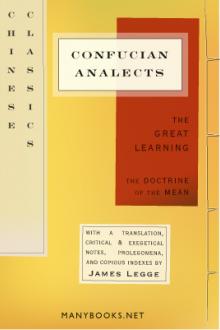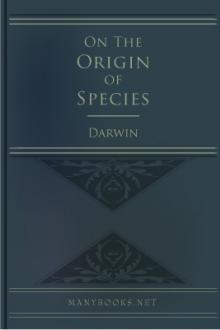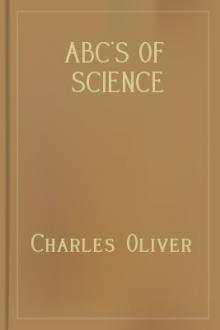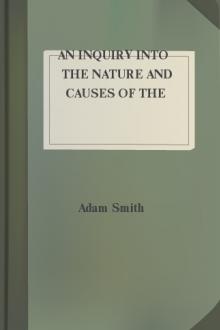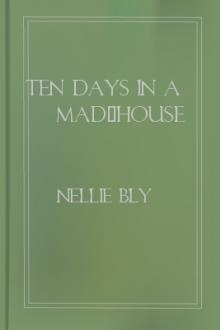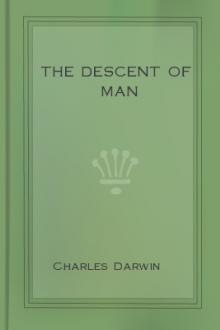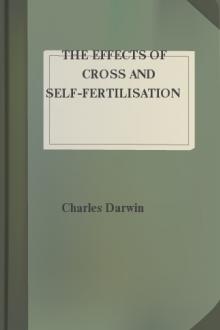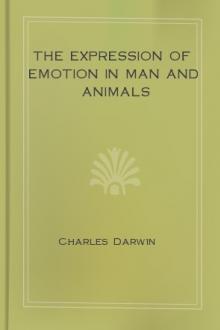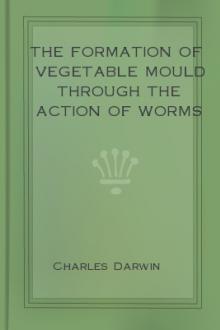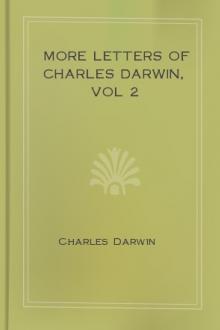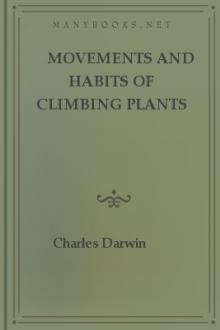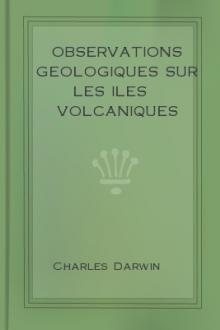Insectivorous Plants
Insectivorous Plants
Book Excerpt
ner than other insects. The largest kind which I have
seen caught was a small butterfly (Caenonympha pamphilus); but the Rev.
H.M. Wilkinson informs me that he found a large living dragon-fly with
its body firmly held by two leaves. As this plant is extremely common
in some districts, the number of insects thus annually slaughtered must
be prodigious. Many plants cause the death of insects, for instance the
sticky buds of the horse-chestnut (Aesculus hippocastanum), without
thereby receiving, as far as we can perceive, any advantage; but it was
soon evident that Drosera was [page 3] excellently adapted for the
special purpose of catching insects, so that the subject seemed well
worthy of investigation.
The results have proved highly remarkable; the more important ones being--firstly, the extraordinary
FIG. 1.* (Drosera rotundifolia.) Leaf viewed from above; enlarged four times.
sensitiveness of the glands to slight pressure and to minute doses of certain nitrogenous fluids, as shown by the movements
Editor's choice
(view all)Popular books in Science, Non-fiction
Readers reviews
0.0
LoginSign up
Be the first to review this book
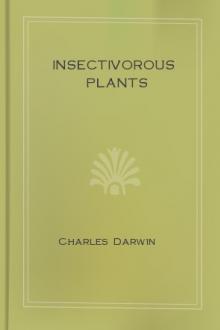
 Free Download
Free Download















